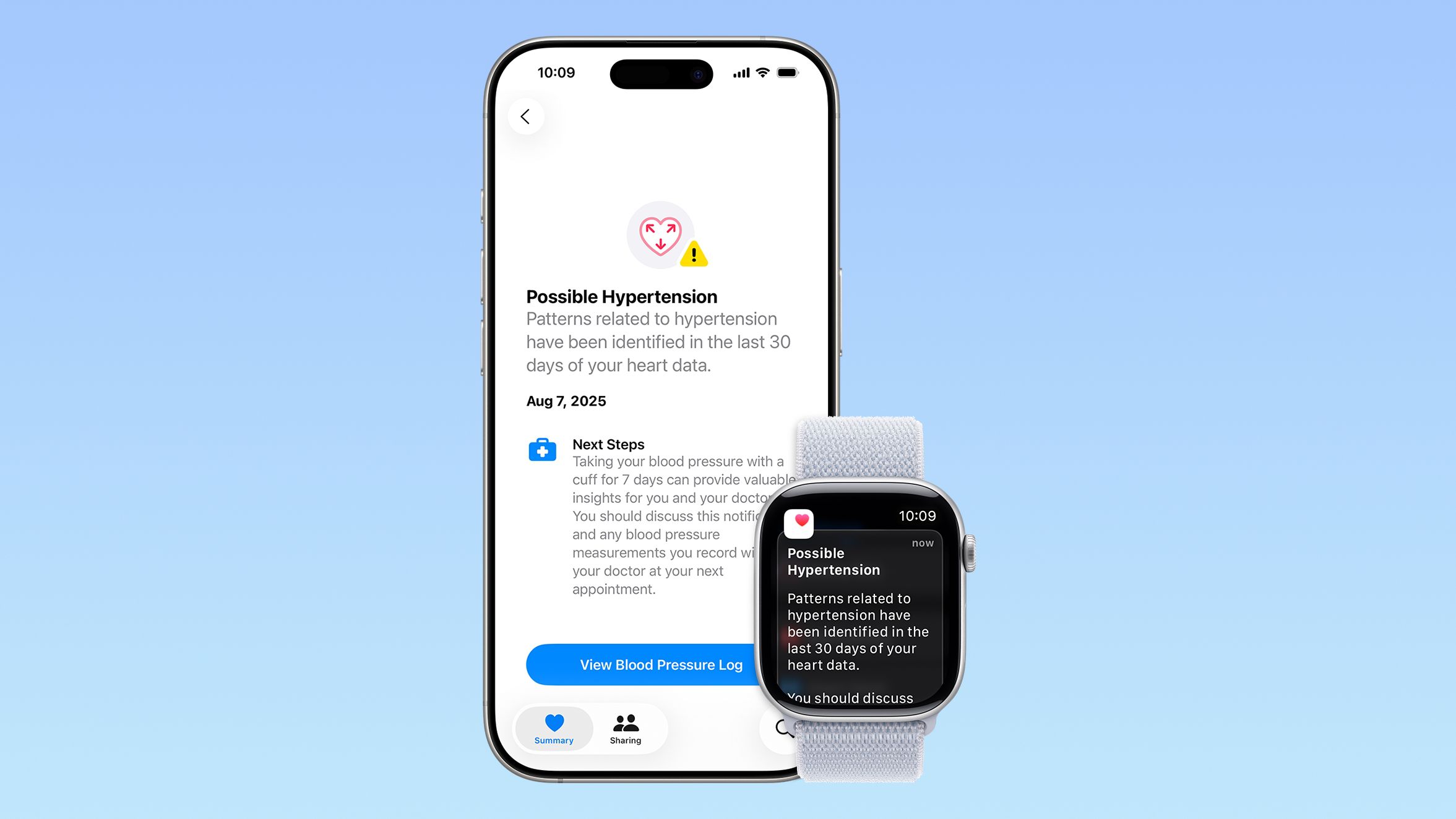You wouldn’t run your blue team once a year, so why accept this substandard schedule for your offensive side?
Your cybersecurity teams are under intense pressure to be proactive and to find your network’s weaknesses before adversaries do. But in many organizations, offensive security is still treated as a one-time event: an annual pentest, a quarterly red team engagement, maybe an audit sprint before a compliance deadline.
That’s not defense. It’s a theater.
In the real world, adversaries don’t operate in bursts. Their recon is continuous, their tools and tactics are always evolving, and new vulnerabilities are often reverse-engineered into working exploits within hours of a patch release.
So, if your offensive validation isn’t just as dynamic, you’re not just lagging, you’re exposed.
It’s time to move beyond the once a year pentest.
It’s time to build an Offensive Security Operations Center.
Why annual pentesting falls short
Point-in-time penetration tests still serve a role, and are here to remain a compliance requirement. But they fall short in environments that change faster than they can be assessed. This is true for a number of reasons:
- The scope is limited. Most enterprise pentests are scoped to avoid business disruption, but we all know that attackers don’t care about your scope, or unless they’re in stealth mode, disrupting your business.
- Controls decay silently. Drift is constant. An EDR policy gets loosened. A SIEM rule breaks. And annual pentests are not built to catch these problems. The security control that “passed” in the test may very well fail when it really matters, two weeks later.
- Access escalates quietly. In Active Directory environments, misconfigurations accumulate silently over time, nested groups, stale accounts, over-privileged service identities, and well-known privilege escalation paths are commonplace. These aren’t just theoretical risks; they’ve been actively leveraged for decades. Attackers don’t need zero-days to succeed. They rely on weak trust relationships, configuration drift, and a lack of visibility.
- Timing lags. By the time a pentest report is delivered, your environment has already changed. You’re chasing what was, not what is. It’s like looking at last month’s video from your door camera to see what’s happening today.
However, this is not a call to abolish pentesting.
Quite the opposite, manual pentests bring human creativity, contextual awareness, and adversarial thinking that no automation can replicate.
But relying on them alone, especially when performed only once or twice a year, limits their impact.
By building an Offensive SOC and operationalizing continuous validation, organizations enable pentesters to focus on what they do best: uncover edge cases, bypass defenses creatively, and explore complex scenarios beyond the reach of automation.
In short: an Offensive SOC doesn’t replace pentesting, it gives it room to evolve.
Without continuous validation, a security posture becomes a snapshot, not a source of truth.
From point-in-time defense to persistent offense
The Offensive Security Operations Center (Offensive SOC) flips the model from a one-off pentest as part of a decidedly defensive SOC to a team continuously out-maneuvering adversaries by thinking and acting like an attacker, every single day. Instead of waiting for trouble to respond to, the Offensive SOC is collaborative, transparent, and built to uncover tangible risks and drive actual fixes, in real time.
Think of it this way: If a traditional SOC raises alerts on attacks that reach you, the Offensive SOC raises alerts on vulnerabilities that could.
And the tools that power it? It’s time to toss your outdated clipboards, and checklists, and power up Breach and Attack Simulation (BAS) and Automated Penetration Testing solutions.
The core pillars of the offensive SOC
1. Continuously discovering what’s exposed
You can’t validate what you haven’t found. Your organization’s attack surface is rife with sprawling with cloud workloads, unmanaged assets, shadow IT, stale DNS records, and public S3 buckets. It’s time to accept that periodic scans just don’t cut it anymore.
Discovery must be persistent and continuous, just like an attacker would do.
2. Real-world attack simulation with BAS
BAS answers a series of practical yet high-stakes questions:
- Can your SIEM catch a credential dumping attack?
- Will your EDR block known ransomware?
- Does your WAF stop critical web attacks like Citrix Bleed or IngressNightmare?
BAS is about controlled, safe, production-aware testing and executing the same techniques attackers use, against your actual controls without actually putting your data, bottom line, and reputation at risk. BAS will show you exactly what works, what fails, and where to best focus your efforts.
3. Exploit Chain Testing with Automated Pentesting
Sometimes individual vulnerabilities may not be harmful on their own. However, adversaries carefully chain multiple vulnerabilities and misconfigurations together to achieve their objectives. With Automated Penetration Testing, security teams can validate how a real compromise could unfold, step by step, end to end.
Automated Pentesting simulates an assumed breach from a domain-joined system, starting with access to a low-privileged or system-level user. From this foothold, it discovers and validates the shortest, stealthiest attack paths to critical assets, such as domain admin privileges, by chaining real techniques like credential theft, lateral movement, and privilege escalation.
Here’s an example:
- Initial access to an HR workstation exposes a Kerberoasting opportunity, triggered by misconfigured service account permissions.
- Offline password cracking reveals plaintext credentials.
- Those credentials enable lateral movement to another machine.
- Eventually, the simulation captures a domain admin’s NTLM hash, with no alerts triggered and no controls intervening.
This is just one scenario among thousands, but it mirrors the real tactics adversaries use to escalate their privileges inside your network.
4. Drift Detection and Posture Tracking
Security isn’t static. Rules change. Configurations shift. Controls fail quietly.
The Offensive SOC keeps score over time. It tracks when your prevention and detection layer solutions start to slip, like:
- An EDR policy update that disables known malware signatures
- A SIEM alert that quietly stops firing after a rule modification
- A firewall rule that’s altered during maintenance, leaving a port exposed
The Offensive SOC doesn’t just tell you what failed, it tells you when it started failing.
And this is how you stay ahead: not by reacting to alerts, but by catching your vulnerabilities before they’re exploited.
Where Picus fits in
Picus helps security teams operationalize the Offensive SOC, with a unified platform that continuously validates exposures across prevention, detection, and response layers.
We combine:
- BAS to test how your controls respond to real-world threats.
- Automated penetration testing to simulate attacker movement post-access, and identify high-risk paths.
- Known threat and mitigation libraries to simulate attacks and close gaps faster.
- Seamless integration with your existing SOC stack.
And Picus isn’t just making promises. The Blue Report 2024 found that:
- Organizations using Picus reduced critical vulnerabilities by over 50%.
- Customers doubled their prevention effectiveness in 90 days.
- Teams mitigated security gaps 81% faster using Picus.
With Picus, you can boldly move beyond assumptions and make decisions backed by validation.
That’s the value of an Offensive SOC: focused, efficient, and continuous security improvement.
Final thought: Validation isn’t a report, it’s a practice
Building an Offensive SOC isn’t about adding more dashboards, solutions, or noise; it’s about turning your reactive security operations center into a continuous validation engine.
It means proving what’s exploitable, what’s protected, and what needs attention.
Picus helps your security teams do exactly that, operationalizing validation across your entire stack.
Ready to explore the details?
Download The CISO’s Guide for Security and Exposure Validation to:
- Understand the complementary roles of Breach and Attack Simulation and Automated Penetration Testing
- Learn how to prioritize risk based on exploitability, not just severity
- See how to embed Adversarial Exposure Validation into your CTEM strategy for continuous, measurable improvement
🔗 Get the Exposure Validation Guide and make validation part of your everyday SOC operations, not just something you check off a list once a year.









